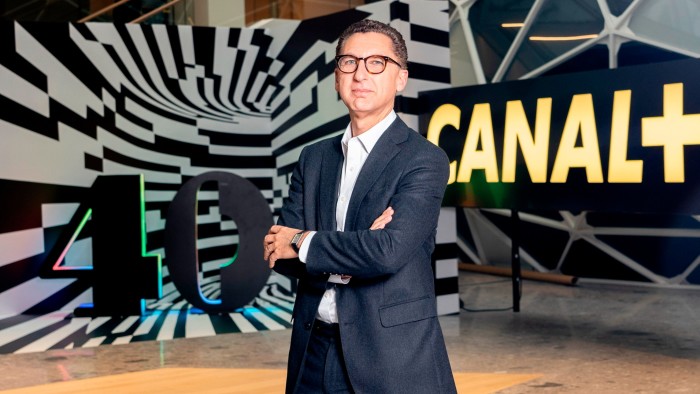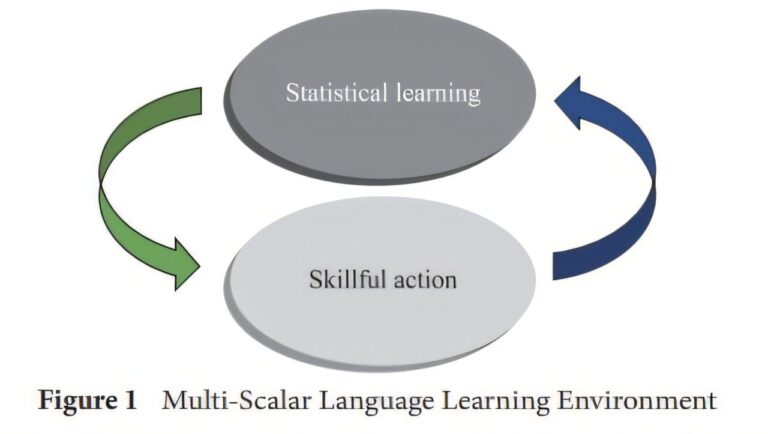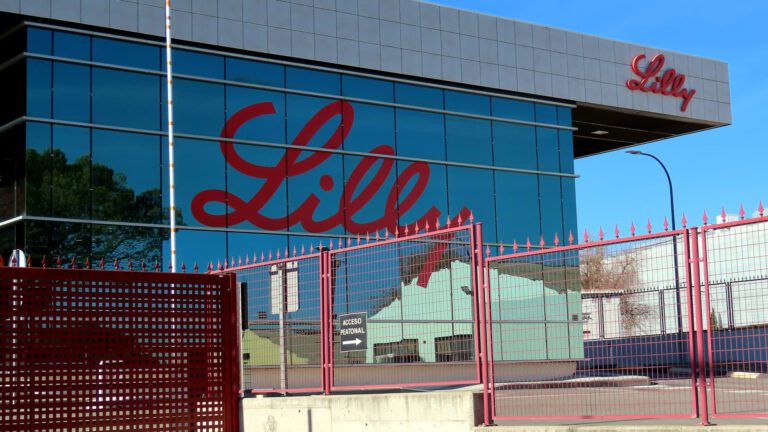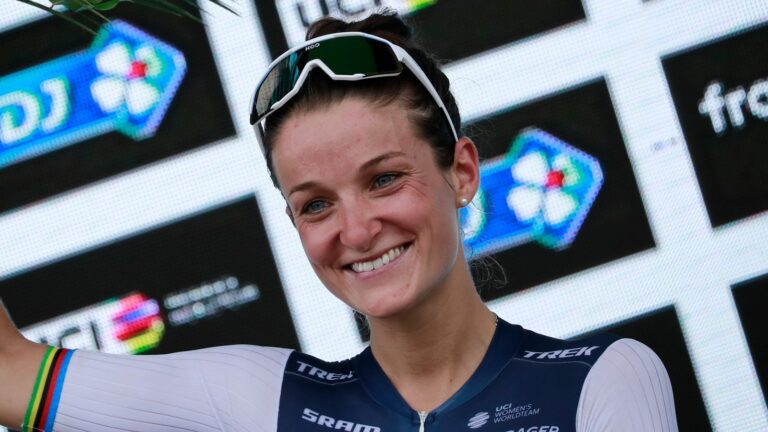
Rolls-Royce topped European stocks in 2023
Unlock the Editor’s Digest for free
Roula Khalaf, Editor of the FT, selects her favourite stories in this weekly newsletter.
There was much fanfare in 2023 about Denmark’s Novo Nordisk, which became Europe’s most valuable company. But in the race to be crowned the region’s best-performing mainstream stock, there was no contest: Britain’s Rolls-Royce achieved that accolade.
The engine maker soared around 220 per cent in 2023, eclipsing the drugmaker’s 49 per cent rise, to become the best performing stock of the Stoxx Europe 600 index, the continent-wide benchmark.
A steady stream of well-received announcements propelled the engineering group higher, beginning in February when it launched a strategic review. Rolls-Royce, headed by new chief executive Tufan Erginbilgiç, said it saw “significant scope for us to deliver materially higher profit, cash flows and returns” following a post-pandemic rebound in the aviation industry.
The group rallied again in July, buoyed by a boost to its full-year guidance, and leapt the following month after posting a fivefold increase in underlying operating profit for the half year.

The standout division was civil aerospace, reflecting “higher after-market profitability and increased large spare engine sales”, it said at the time.
Dan Coatsworth, AJ Bell stock market analyst, pointed to “ambitious targets” that triggered another rally in November. The catalyst was a goal to quadruple profits in the next four years and sell its electric aircraft division.
But while Rolls-Royce may have trounced Novo Nordisk in annual share price gains, the pharma giant — riding high on its drugs for obesity — retains bragging rights when it comes to size. Rolls-Royce’s market cap of around $32bn is dwarfed by $356bn for the Bagsvaerd-based company, according to LSEG data.

London’s unfancied FTSE 100 index, which rose just 3.8 per cent this year against a 24 per cent jump in Wall Street’s S&P 500, was also home to high-street mainstay Marks and Spencer, which took the third top spot on the Stoxx Europe 600 index.
The retailer finished the year up around 120 per cent following a return to the blue-chip benchmark in 2023. This stock benefited from an unexpected rise in the group’s full-year guidance in August and management’s November announcement that it would be reinstating a dividend.
Susannah Streeter, head of money and markets at Hargreaves Lansdown, said M&S’s “bread-and-butter customers” had “higher disposable incomes, which is partly why the chain is showing such resilience”.






